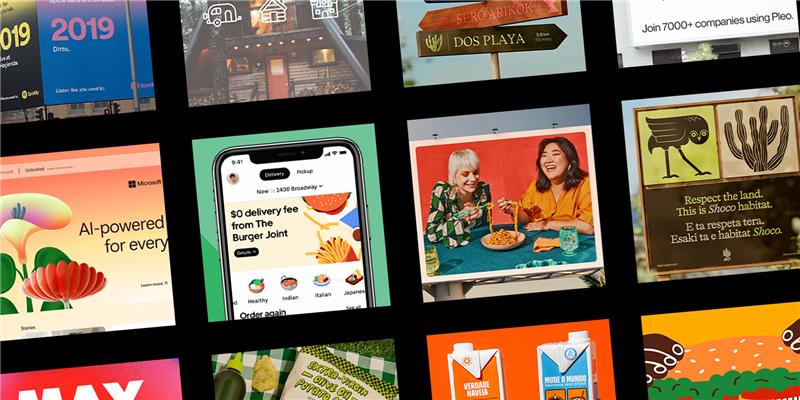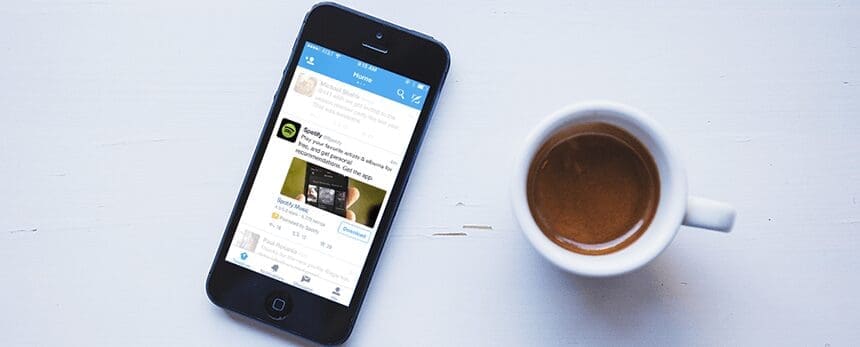
Delight your audiences as they move through the journey to purchase with creative that matches their intent, aligns with strategic insights.

The online ad and marketing world is made up of a baffling blend of jargon and acronyms. From programmatic to real-time bidding (RTB), agile marketing to retargeting, PPC to behavioural targeting, brand journalism to vendor content…it’s impossible to have a conversation about digital marketing without turning to a bit of industry wordplay. But where does ‘native advertising’ sit within all of this? Although not particularly new, it’s a phrase we’re seeing more and more of, largely because it seems to be working. According to research from IPG media lab, native ads are viewed for the same amount of time as editorial content and are much more likely to be shared than banner ads (32% versus 19% of respondents said they would do so). In a nutshell, the phrase ‘native advertising’ refers to “a method of advertising which seeks to provide content in the context of the user’s experience” (Wikipedia). It’s a form of media which is built into the publisher’s house style so that the ad sits within the flow of editorial content. It’s not meant to trick the readers into thinking it is part of the editorial, and so is often flagged as ‘promotional’ or ‘sponsored’ content to prevent this happening; nevertheless it can sometimes be tricky to distinguish between the two. Clicking on a native ad, thinking it’s editorial, is most probably a common occurrence.  In more tangible terms, native advertising could be a promoted tweet, a ‘suggested post’ on Facebook, a ‘sponsored’ ad on Instagram or a ‘promoted pin’ on Pinterest. Buzzfeed has built an international business out of native advertising. But regardless, the common characteristic these various options share is that the quality of content should aim to be high, in a way that is fitting to the publisher site and meets a specific audience need. It goes some way to explaining why native advertising seems to have really taken off in 2016. To consider some stats, native advertising is predicted to become a significant driver over mobile ad growth, over the next few years. According to a recent study by Facebook and IHS, native in-stream ads will drive 63.2% of all mobile display advertising by 2020, amounting to a total value of $53 billion. Facebook has also recently announced that 83% of the ads running on the Audience Network are native, with more than 50% of the apps on the network using native advertising units exclusively. The use of native ad units by apps in the network has increased by a multiple of 10 since Q1 2015.
In more tangible terms, native advertising could be a promoted tweet, a ‘suggested post’ on Facebook, a ‘sponsored’ ad on Instagram or a ‘promoted pin’ on Pinterest. Buzzfeed has built an international business out of native advertising. But regardless, the common characteristic these various options share is that the quality of content should aim to be high, in a way that is fitting to the publisher site and meets a specific audience need. It goes some way to explaining why native advertising seems to have really taken off in 2016. To consider some stats, native advertising is predicted to become a significant driver over mobile ad growth, over the next few years. According to a recent study by Facebook and IHS, native in-stream ads will drive 63.2% of all mobile display advertising by 2020, amounting to a total value of $53 billion. Facebook has also recently announced that 83% of the ads running on the Audience Network are native, with more than 50% of the apps on the network using native advertising units exclusively. The use of native ad units by apps in the network has increased by a multiple of 10 since Q1 2015.
Subscribe to our monthly newsletter.
Native ads feel less intrusive than traditional ad formats. This is partly due to the rising prevalence of ad blocking, and other digital trends such as ad fraud and concerns over viewability which have had significant impact on the online ad industry. Publishers are getting smarter though with native advertising, and likewise advertisers are paying greater attention to the quality of content, wanting to deliver a good user experience. Ultimately they know that if native advertising becomes an irritable or disruptive form of advertising, and delivers a bad user experience, there will soon be a technical workaround for it. Speaking to Digiday, Peter McGuinness, CMO at US yoghurt brand Chobani, said: “Paid posts make it even more imperative to have good content, because it doesn’t suffer fools. In a world of pay-to-play, it pays to be creative.”  Results from native advertising to date are promising, showing high levels of engagement. In the US, Taco Bell used Instagram to announce its new breakfast menu last year and saw a 29 point lift in its ad recall; while Mercedes-Benz used Instagram to launch its compact SUV called the “GLA” in conjunction with Facebook last Autumn and saw a 580% increase in visits to its site. Ultimately native advertising is good at reaching people where they are, which is on their phones! The limiting factor with native advertising is that it’s much harder to scale than traditional online advertising. But the engagement levels may be enough to squash this issue for advertisers. You can also expect to see ‘native programmatic’ entering our vocabulary soon too, which will help with the scaling issue…
Results from native advertising to date are promising, showing high levels of engagement. In the US, Taco Bell used Instagram to announce its new breakfast menu last year and saw a 29 point lift in its ad recall; while Mercedes-Benz used Instagram to launch its compact SUV called the “GLA” in conjunction with Facebook last Autumn and saw a 580% increase in visits to its site. Ultimately native advertising is good at reaching people where they are, which is on their phones! The limiting factor with native advertising is that it’s much harder to scale than traditional online advertising. But the engagement levels may be enough to squash this issue for advertisers. You can also expect to see ‘native programmatic’ entering our vocabulary soon too, which will help with the scaling issue…
Delight your audiences as they move through the journey to purchase with creative that matches their intent, aligns with strategic insights.
Delight your audiences as they move through the journey to purchase with creative that matches their intent, aligns with strategic insights.
Subscribe to our monthly newsletter.